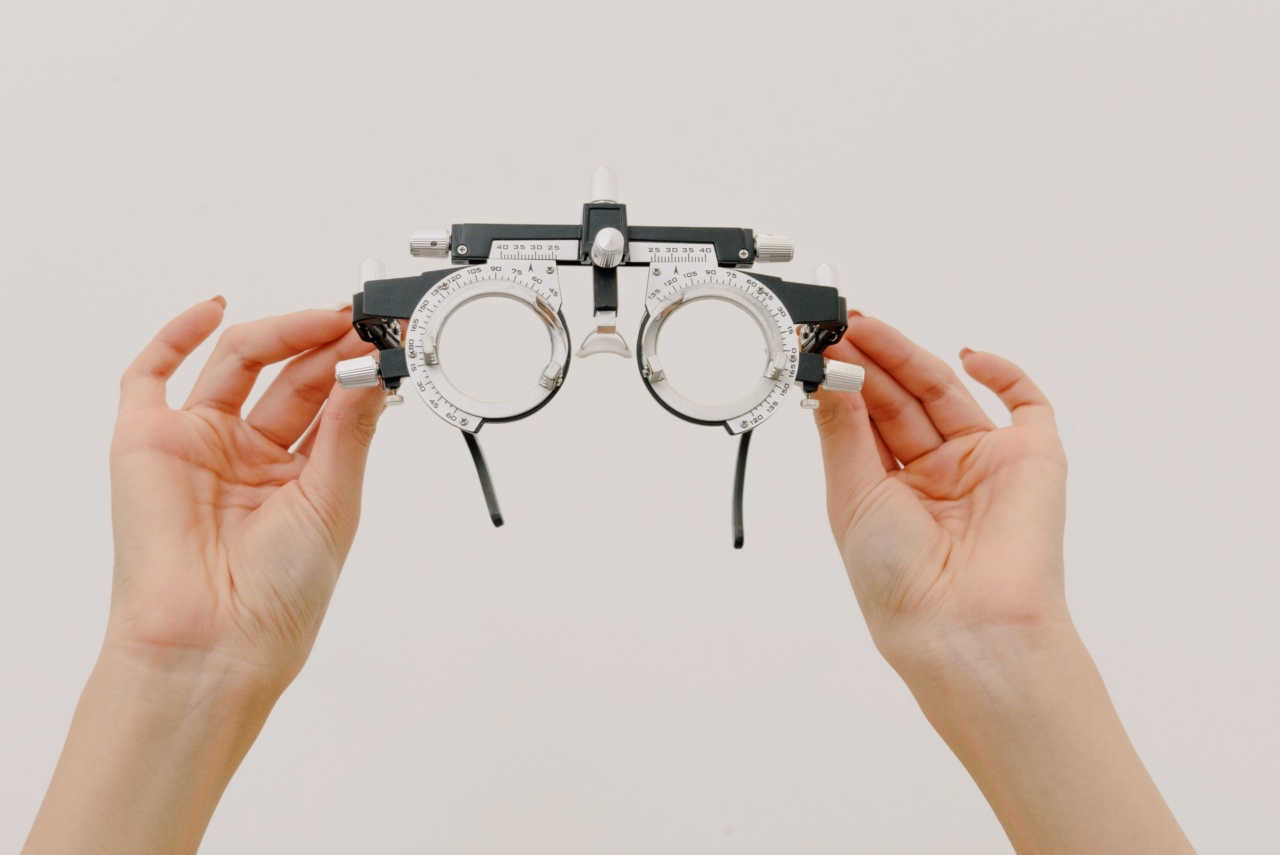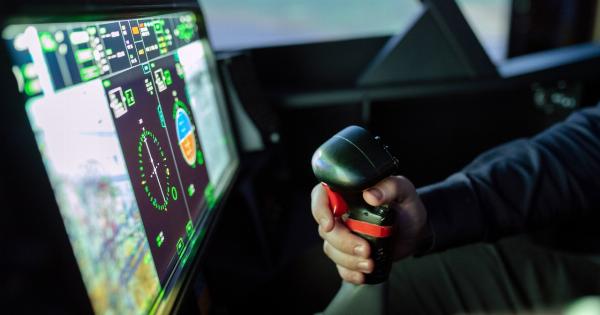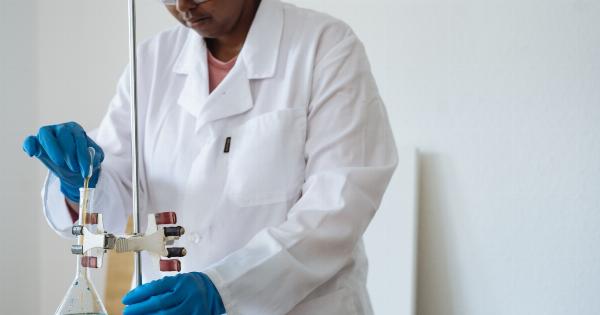Cancer is one of the deadliest diseases known to man, with millions of people diagnosed every year. However, thanks to advances in medical technology, there are now even more effective ways of diagnosing and treating cancer.
One of the latest developments in the fight against cancer is a revolutionary diagnostic test that is now being used to identify cancer in patients. This article will explore what this test is, how it works, and the benefits it has over traditional cancer screening methods.
What is a Revolutionary Diagnostic Test for Cancer?
Before delving into this new diagnostic test, it is important to understand the basics of cancer screening.
Traditional cancer screening involves tests such as mammograms, colonoscopies, and Pap smears, which are used to detect cancer cells in different parts of the body. However, these tests are often invasive, time-consuming, and can sometimes produce false negative results, which can delay cancer diagnosis and treatment.
This revolutionary diagnostic test for cancer represents a breakthrough in cancer detection methods.
Instead of relying on invasive procedures, this test uses advanced technology to analyze a patient’s blood, urine, or saliva for early signs of cancer. The test looks for tiny DNA fragments, known as circulating tumor DNA (ctDNA), that are shed by cancer cells into the blood. By analyzing these fragments, the test can detect the presence of cancer long before it can be detected by traditional methods.
How Does the Test Work?
The test works by analyzing the DNA fragments present in a patient’s blood sample. The DNA fragments come from cancer cells that are shedding their DNA into the blood.
By analyzing these fragments, the test can detect the presence of cancer before it has even caused any symptoms.
The test is able to detect these fragments because they are different from normal DNA fragments. Cancer cells have unique mutations in their DNA that are not present in normal cells.
By analyzing the DNA fragments in a patient’s blood, the test can look for these mutations and use them to identify the presence of cancer.
The Benefits of the Test
The revolutionary diagnostic test offers several advantages over traditional cancer screening methods. These benefits include:.
1. Early Detection of Cancer
The test can detect cancer very early, even when there are no symptoms. This early detection is critical for successful cancer treatment. When cancer is detected early, it is much easier to treat and has a higher chance of being cured.
2. Non-Invasive and Painless
The test is non-invasive and painless, making it much easier for patients to undergo cancer screening. Patients no longer have to undergo invasive procedures such as biopsies or colonoscopies to detect cancer.
3. Accuracy
The test is very accurate and has a low rate of false negatives. This means that patients can be confident they are receiving an accurate result from their cancer screening.
4. Cost-Effective
The test is very cost-effective compared to traditional cancer screening methods. While the initial cost of the test may be higher, it is much cheaper over the long-term because it is less invasive and requires fewer tests.
The Future of Cancer Screening
The revolutionary diagnostic test for cancer represents the beginning of a new era in cancer screening. With its high accuracy and non-invasive nature, it is set to become the standard in cancer screening in the years to come.
As the technology continues to evolve, it is likely that even more accurate and effective cancer screening methods will be developed.
This will further improve the accuracy and early detection capabilities of cancer screening tests, making it possible to detect and treat cancer even earlier.
Conclusion
The revolutionary diagnostic test for cancer represents a major breakthrough in cancer detection and treatment.
By using advanced technology to analyze DNA fragments in a patient’s blood, this test can detect the presence of cancer early, accurately, and non-invasively. With its many benefits over traditional cancer screening methods, this test is sure to become the standard in cancer screening in the coming years.




























